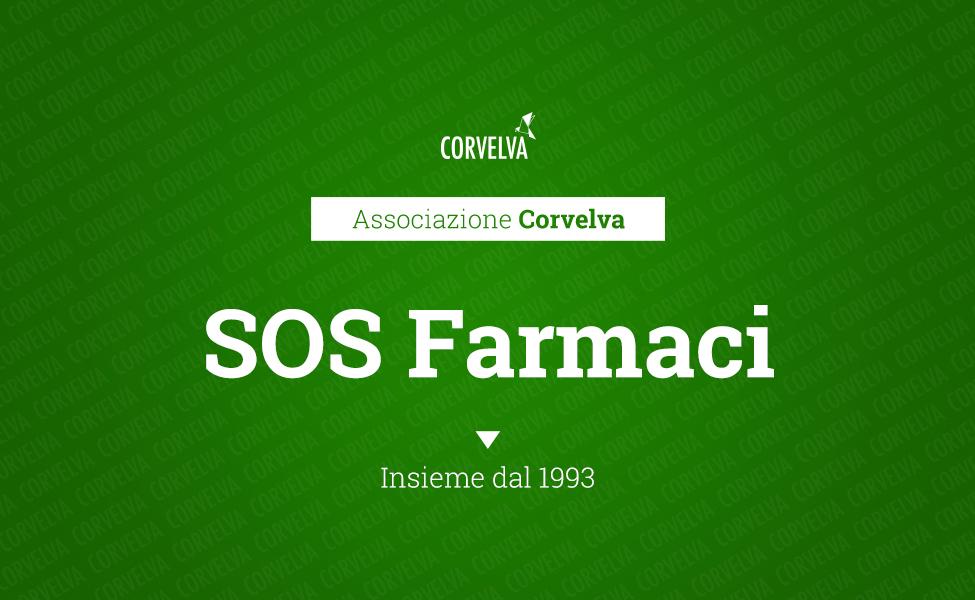Anti vomiting and nausea drug (ondasetron) can cause fetal malformations if taken in the first three months of pregnancy

The drug agency has released one informative note on the ondansetron medicine indicated for the control of nausea and vomiting induced by chemotherapy and radiotherapy and also in the case of the same disorders in the post-operative phase, specifying that it must not be used during the first trimester of pregnancy. Women of childbearing potential who use it should consider using contraceptive measures.
25 SET - Two new epidemiological studies conducted in the United States relating to the use of ondansetron in pregnancy have recently been published.
Based on clinical data, ondansetron is suspected to cause orofacial malformations when administered during the first trimester of pregnancy.
In a cohort study comprising 1,8 million pregnancies, the use of ondansetron in the first trimester was in fact associated with an increased risk of oral clefts (3 additional cases per 10.000 women treated; corrected relative risk of 1,24 (95% CI 1,03-1,48)).
While the available evidence on cardiac malformations shows conflicting results.
Aifa recommends that physicians should ensure that all patients who have the clinical conditions to be treated with ondansetron are adequately informed and aware of the potential fetal risks associated with ondansetron treatment during pregnancy.
Aifa then stresses the need for women who use it in childbearing age to consider using contraceptive measures.
Ondansetron is a serotonin (5HT3) antagonist and was first approved in the European Union in 1990. In adults, ondansetron is indicated for the control of nausea and vomiting induced by antiblastic chemotherapy and radiotherapy and for prophylaxis and the treatment of post-operative nausea and vomiting.

